Bringing the New and the Need Together
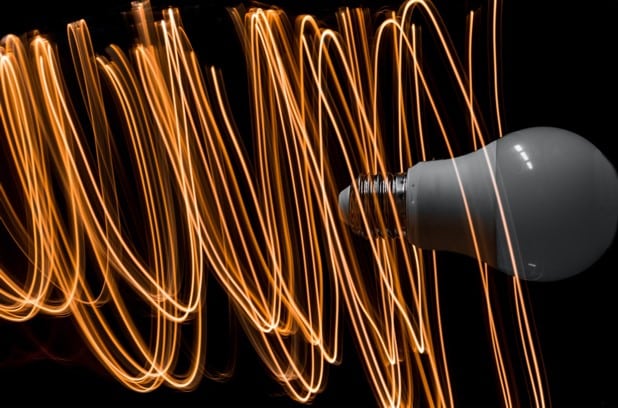
Innovation is a NEW solution that generates VALUE for the provider and the people who NEED it.
Everyone needs their next meal. But around the world, people’s greatest unmet need at dinner time is different depending on whether you are in Dakar, Senegal or Denver, USA. In Dakar having clean water to cook with may be a high priority given the lack of infrastructure and dependable service; whereas a Denver resident may care about saving time and energy given long commutes and extended schedules. Both needs are real and many times they go unmet.
Into the fray steps two key providers that hold the keys to helping everyday people in these two cities meet these needs. The inventor creates and the innovator solves. What’s the difference and why does it matter? Let’s bring the difference to life in two examples:
The Denver resident’s need for a meal in the midst of a busy schedule was addressed by the McDonald brothers (the inventors) and Ray Kroc (the innovator) when they created the fast food industry. Maurice and Richard McDonald, working out of their restaurant in San Bernardino, California, invented a way to make food very quickly using automation in the kitchen and a new model of self service. Ray Kroc figured out the way to take a low-margin operation and scale it to serve billions of people through a mix of franchising fees and real estate revenue. Maurice and Richard made serving food faster and Ray understood the customer’s need for fast food and convenient locations that fit their schedules.
The Dakar resident’s need for clean water in order to prepare their evening meal was addressed by Petitte Petzer and Johan Junker (the inventors) and Grant Gibbs (the innovator) when they created the Aqua Roller; a way to roll water from its source to the home. Petite and Johan, working in the defense industry in South Africa, recognized that creative solutions to transporting water were desperately needed throughout Africa and much of the world. Their unique design made it possible for one person to roll a large, specially designed water container like a wheel to avoid having to make more handheld or “headheld” trips. Grant Gibbs worked for an IT company who took the project on as a corporate social responsibility initiative. Grant saw the opportunity to create Imvubu Projects, a social enterprise, that now produces and distributes the Hippo Roller, the renamed Aqua Roller. Through a mix of donations, local manufacturing collaborations and NGO partnerships, Grant is making a quality product available affordably. Petite and Johan identified a new way that water could be rolled instead of carried, and Grant identified that NGO projects, government departments, local businesses and residents in places like Dakar want to affordably and safely move clean water to where it is most needed.
Notice a few things from these two stories. In many instances, inventors start with the creative act where innovators start by solving a person’s problem. Whether you emerge from the workshop or from the focus group conference room, the job is the same: to meet a real need. And as we established in our definition, innovation requires that the NEW and the NEED be addressed in a way that generates value for everyone involved.
That value signifies two things to these different groups. To the inventor and innovator it signifies that the audience cares enough about the creation to invest in it (usually through a purchase). To the audience it signifies that someone understood their pain point and responded in a helpful way (usually through a product or service).
This seems very straightforward, but innovation doesn’t often generate sustainable solutions that respond to people’s needs. Why? Inventors tend to fall in love with their solutions and then try to convince people that the solution solves their problems. Conversely, innovators tend to generate high levels of empathy with an audience, but either struggle to hear well or fail to uncover something new to help address the pain point.
Many times the reason for the lack of convergence is that providers (inventors and innovators) miss each other. They prioritize different things, don’t speak the same language and struggle to trust each other to execute on the idea. So innovation fails, not at the point of engagement with the audience, in the convergence of the inventor and innovator. Inventions sit on shelves and unremarkable solutions promise help but underdeliver. They both failed to generate value because the NEW and the NEED did not converge into a solution.
The magic happens when the NEW and the NEED come together. This requires the inventors and innovators to converge on a solution and bring their unique skills and abilities together to meet a need.
Convergence Requires Collaboration
The first condition is that the inventor and innovator need to be willing to work together. Sometimes the inventor is the innovator, but my experience is that people tend to lean one way or another and struggle with the area that is not their strength. The innovations that take off are the ones that are supported by teams who represent both the NEW and the NEED in a synergistic way.
Many times the inventor and innovator are on the same team. In this situation, the key is to create mutual respect and a humility that allows the inventor to let go of their creation and the innovator to mold the needs of the audience to the realities of the invention. When this situation works well, there is also an aspect of co-creation with the audience because they are being listened to and that input is making it all the way to the creator of the solution.
Sometimes the inventor and innovator aren’t even working together. As with Edison, Tesla and Westinghouse, who were racing to invent the electric lightbulb. They were utilizing “coopetition” to strengthen their creative and empathy exercises and deliver a more sustainable solution. In this scenario, they all benefited from each other’s individual co-creation with their customers; even though not all of them received the ultimate prize. As each party better understood the NEED, they sharpened their competition’s efforts to respond and produce the better solution.
Convergence Requires Patience
Working on innovation takes effort. However, most of our resources aren’t measured out in the quantities required for innovation. You get a morning of time, a bit of extra money in your budget or a small glimpse into the needs of your audience. The challenge is that getting the right level of resourcing is hard to do without proof that an idea has potential. This means that the early requirement is to convert those little bits of resources into quick iterations that produce initial experiments which, hopefully, validate the idea. Then with proof of an idea’s potential, follow up the good ideas with increasing amounts of time, money and empathy.
The struggle to identify and meter out resources throughout the innovation process is heightened because the inventor and innovator tend to have different resource needs. For example an inventor wants more resources for product development while an innovator wants more resources for program design and audience engagement. If there isn’t good collaboration, it usually leads to a waste of resources and a lack of cohesion in engaging with those who are funding the innovation efforts.
At this point, it is critical to mention one other provider who is key to solving the resourcing issue: the resourcer. Consider why breathtaking works of art during the Renaissance required patrons and why breakthrough technological solutions in Silicon Valley require Venture Capitalists. As inventors and innovators negotiate how to develop solutions, they require patient resourcers. Without patient resources, innovation is a struggle because the amount of time, money and empathy at the edges of a daily life typically don’t amount to enough to discover and bring together the NEW and the NEED in deliberate and strategic ways.
There is another advantage to resourcers who provide patient resources beyond staying power. Sponsors, patrons and investors have the ability to engage with the longer process and provide accountability and perspective to help the inventors and innovators stay on track, negotiate between their perspectives and stay laser focused on the NEED. This extended engagement provides space to reduce the risk of innovation through accountability and relationship.
Convergence Requires Mystery
There is always a small amount of mystery that goes into any innovation story. The new and the need meet in a moment. In that moment there are a set of unique circumstances that are beyond your knowledge or control. Trends, market forces, political shifts and the like bring about that moment where the need is heightened and the new is just what everyone is looking for.
There is no way to plan for the mystery. But there are ways to spot it. Situational awareness, closeness to the audience, alignment with industries, institutions and governments will all help to provide insight into these mysterious moments. And the innovations that thrive are those who are responsive to those moments.
That responsiveness requires a level of discernment that doesn’t happen without help. As a person of faith, I believe that God provides a supernatural discernment in innovation work that allows inventors and innovators to see through the complexity of situational, relational and operational inputs to a simple answer that answers the NEED. But for this to happen, there has to be an openness to spiritual input as well as willingness to process all the situational input and put that input in perspective of the NEED. Only then does the NEW have the potential to respond creatively and cut through the noise to what will make a real difference.
Why Innovation is So Hard…and What to do About It
Take a moment to integrate these three aspects of convergence: collaboration, patience, and mystery. Let’s be honest, we aren’t good at any of them naturally! We would rather work on our own terms, get what we want when we want it and avoid the unknown. No wonder inventors and innovators don’t come together to innovate!
But simply because it is hard does not mean we shouldn’t do it. Instead, we need to overcome each of these barriers with intentionality. For example:
- Inventor: If you have a new idea, find someone who is good at gathering audience empathy to partner with you in your effort.
- Innovator: If you are focused on your next big thing, expand your reading to other industries, domains and arenas in order to find the mystery that will create your opening.
- Resourcer: If you are able to advocate for new ideas, invest money or make space for people to focus their time, be that patron/investor in the innovation process.
Convergence in these three areas will dramatically increase the chance that the NEW and the NEED will result in a successful and innovative solution. Do you care enough about your opportunity to encourage convergence in innovation?
Jon Hirst is an innovation practitioner serving with SIL International. He is the author of several books including, Innovation in Mission. He lives in Southern Wisconsin with his wife Mindy and their three children.
This article came out of the Missio Nexus Innovation Directors meetings in Orlando, Florida. The following attendees from the meeting gave input into the development of these ideas: Shawn Cramer, Doug Harrison, Rob Wassel, and Miheret Tilahun.
This article is submitted by Jon Hirst of SIL International. SIL International is a Missio Nexus member. Member organizations can provide content to the Missio Nexus website. See how by clicking here.

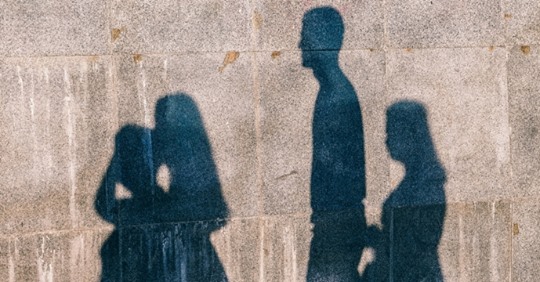
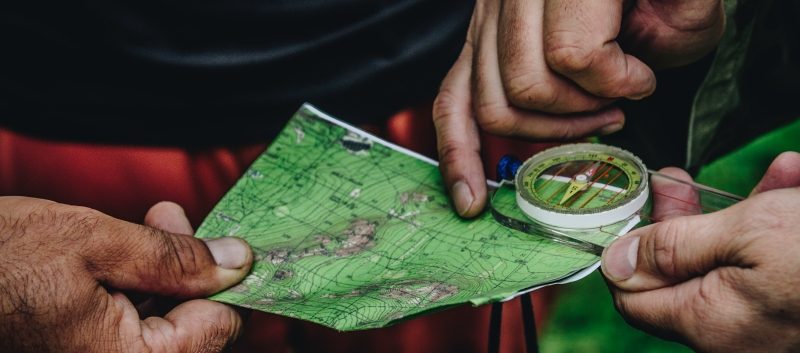

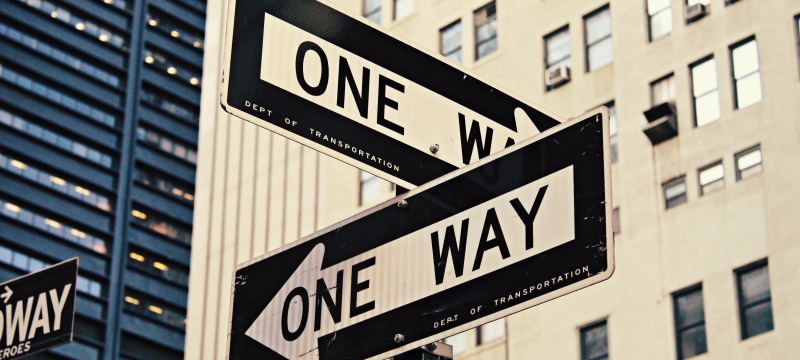
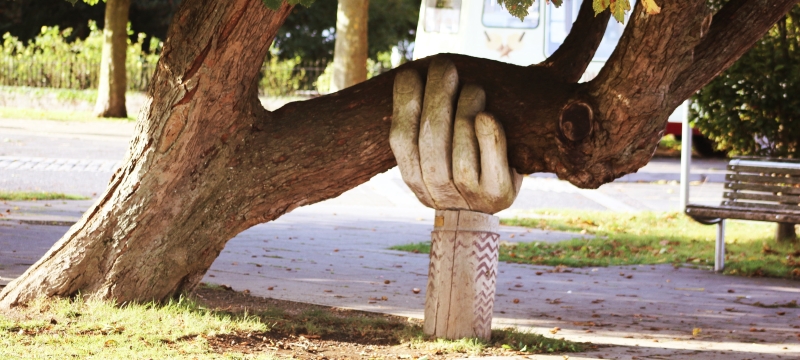
Responses